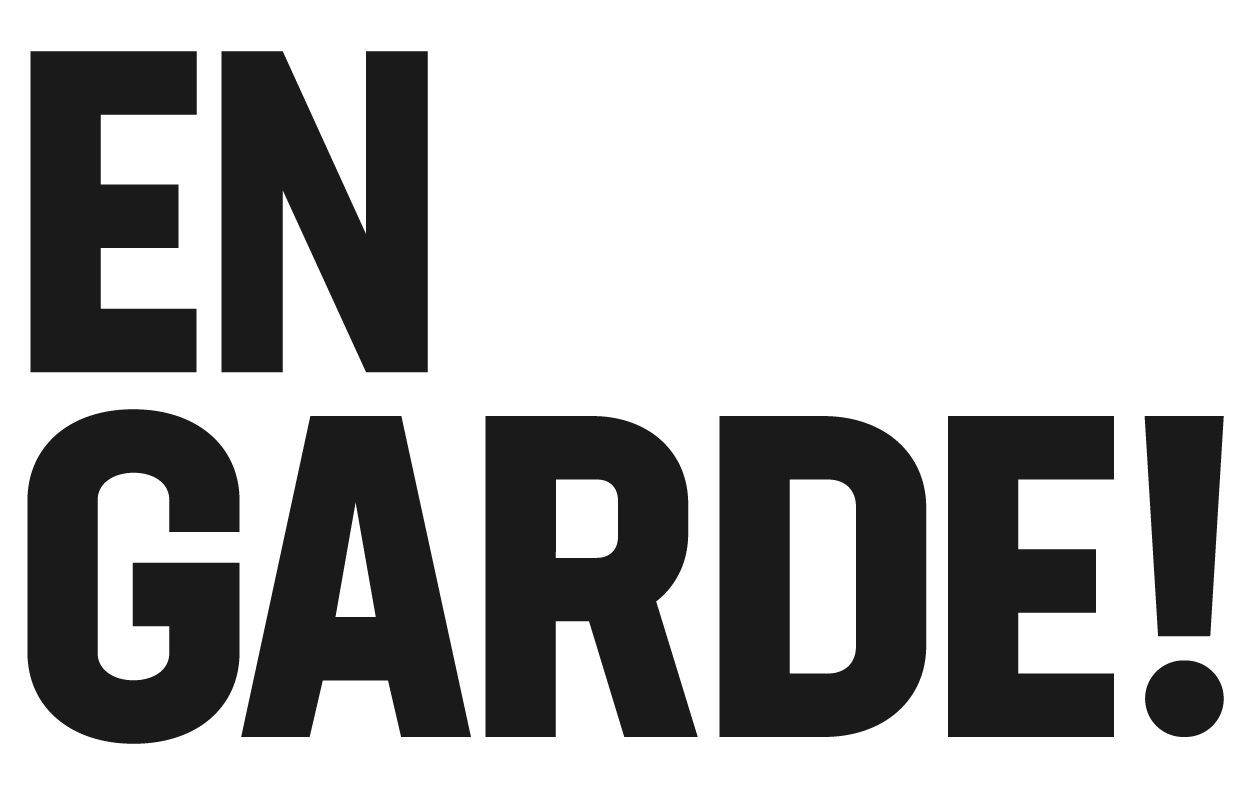OUR
BLOG
Intro
Engarde

By Intro
•
16 Sep, 2021
Way back in the twentieth century when the position of the image was ubiquitous and omnipotent, images were taken for granted. In the post war era we discovered their power through the new media that appeared. In the art world images showed less in order to show more. The result was that their impact decreased whereas in the popular arena images became lesser and lesser indulgent, too pushy and almost self consuming and exaggerated. This dichotomy was questioned and partly dissolved by pop art and the new painting movement of the late 20th century. In the arts the overkill of images resulted in highly sophisticated imagery on the one hand and an immensely simplified use of images in popular image consumerism on the other. Gradually the status of images as a whole became blurry and an image skepticism that already took root in the 20th century with the likes of Belgians René Magritte and Marcel Broodthaers came to the foreground. What you see in the image might not be what you expect it to be: ‘Ceci n’est pas une pipe’. Now that we moved on in the 21st century the omnipotence of the image in society has yet increased. We are seduced and distracted, but with distraction and seduction comes misleading and blatant entertainment. What do we expect from images other than the aesthetic satisfaction they might give us? Where and why did we lose control over our images, artists questioned themselves. From our position as art lovers (first of all), as mediators, educators and curators, we regard visual artists as the spearhead of observation and image awareness. From them we expect an answer. Through our encounters with artists we noticed that almost all of them were preoccupied with the image and its effect. Our ways of seeing and perceiving and the fading impact of images in the visual arts is every visual artist’s concern. Visual artists by their profession are acclaimed specialists of images. Or at least they should be. The logic, the nature, the contingency of images, their effect, even their saturation, their redundancy, their complexity and sometimes the illegibility of images are a main concern of contemporary artists. Indeed, images today do not do what they are supposed to do. Anymore. Therefore many artists we met are tied up in a study of how images are constructed and the response they are able convey. They look for new perspectives on how images could thrive in a world of plenty. Every so-called strong image in the visual arts is overruled by its counterpart in popular mainstream media. Will artists be able to develop strategies in order to inflate the importance and impact of images within the art world?
Chapter 1
The Distorters
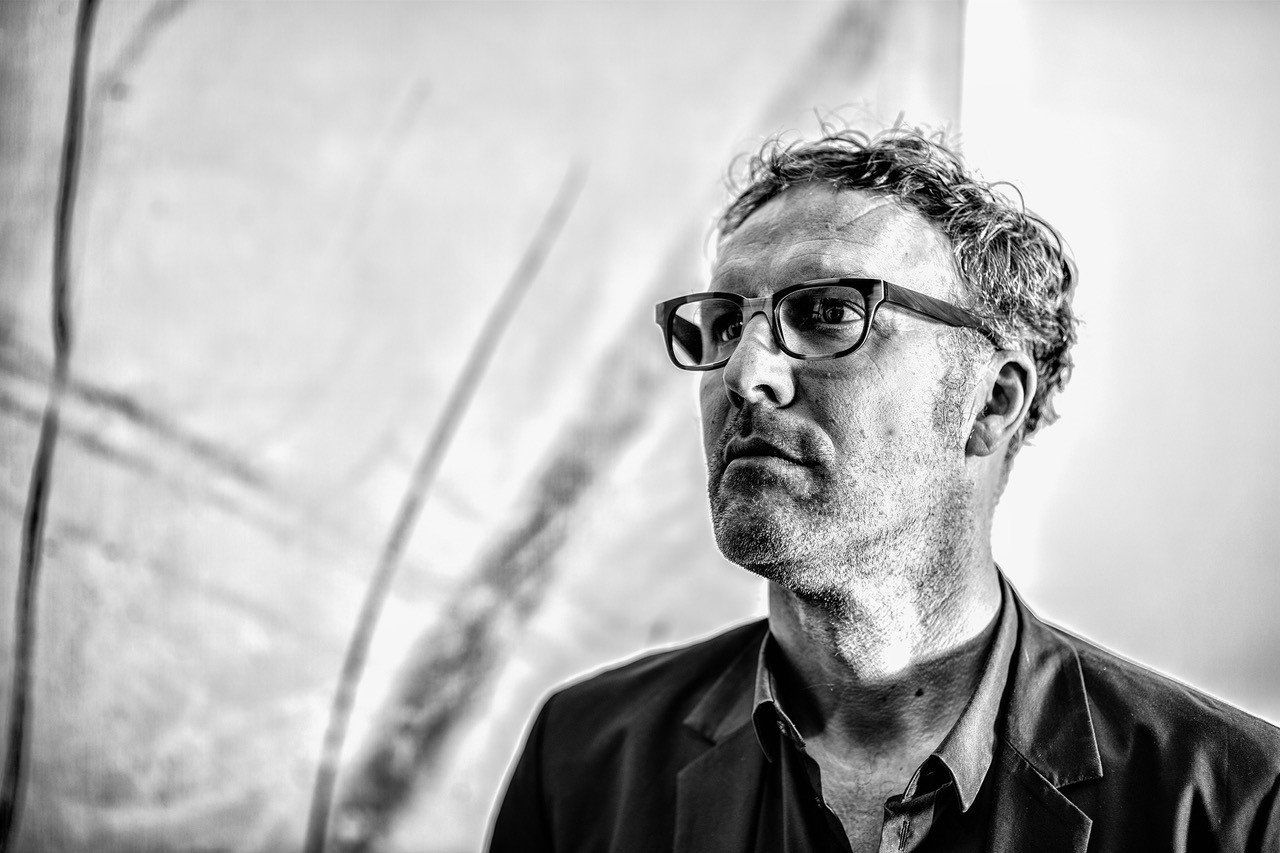
By Chapter 1 – The Distorters
•
16 Sep, 2021
Carefully putting layer over layer over layer: oxygenise in order to grasp. Make images virtually airy and lofty by letting the air - purely visual - blow between the layers: this is the methodical approach of Patrick Ceysens to uncover the impact of images. Patrick in his own right ‘constructs’ paintings. Indeed, by looking at his pictures we have the impression to be invited to peel off all possible layers that make out the image. A virtual wind is blowing between the layers making us conscious in fact that all images are constructions imposed on us. As for Patrick Ceysens, he recently moved to the countryside with stunning views on hillside orchards of southern Limbourg province but his urban preoccupations with the contingency, so called randomness, the multi-layered-ness and multi interpretability of images moved along with him to the countryside. In his studio the magnificent surrounding landscape is fenced off: from the sous-terrain where the newly installed studio of Patrick is situated views are warded off in order to create inward panoramic compositions that consist of carefully choose layers of mental, virtual or digitally distorted landscape visions put on top of each other. Patrick’s source material consists of photographs and vintage pictures. His method draws on the mechanisms of remembrance: our memory at times sinks into a multilayered mist. It is very hard to visually fathom the depth of Patrick’s tableau’s on digital reproductions, but his visually challenging works remind us of the work of Rebecca Quaytman which we first encountered at Documenta 14. Like R.H. Quaytman - in Wiels her show is on as we are writing this - images are seemingly locked up and viewers are stimulated to slip into the haze of layers that virtually fence off the ‘true’ or trustworthy image that lies beneath.
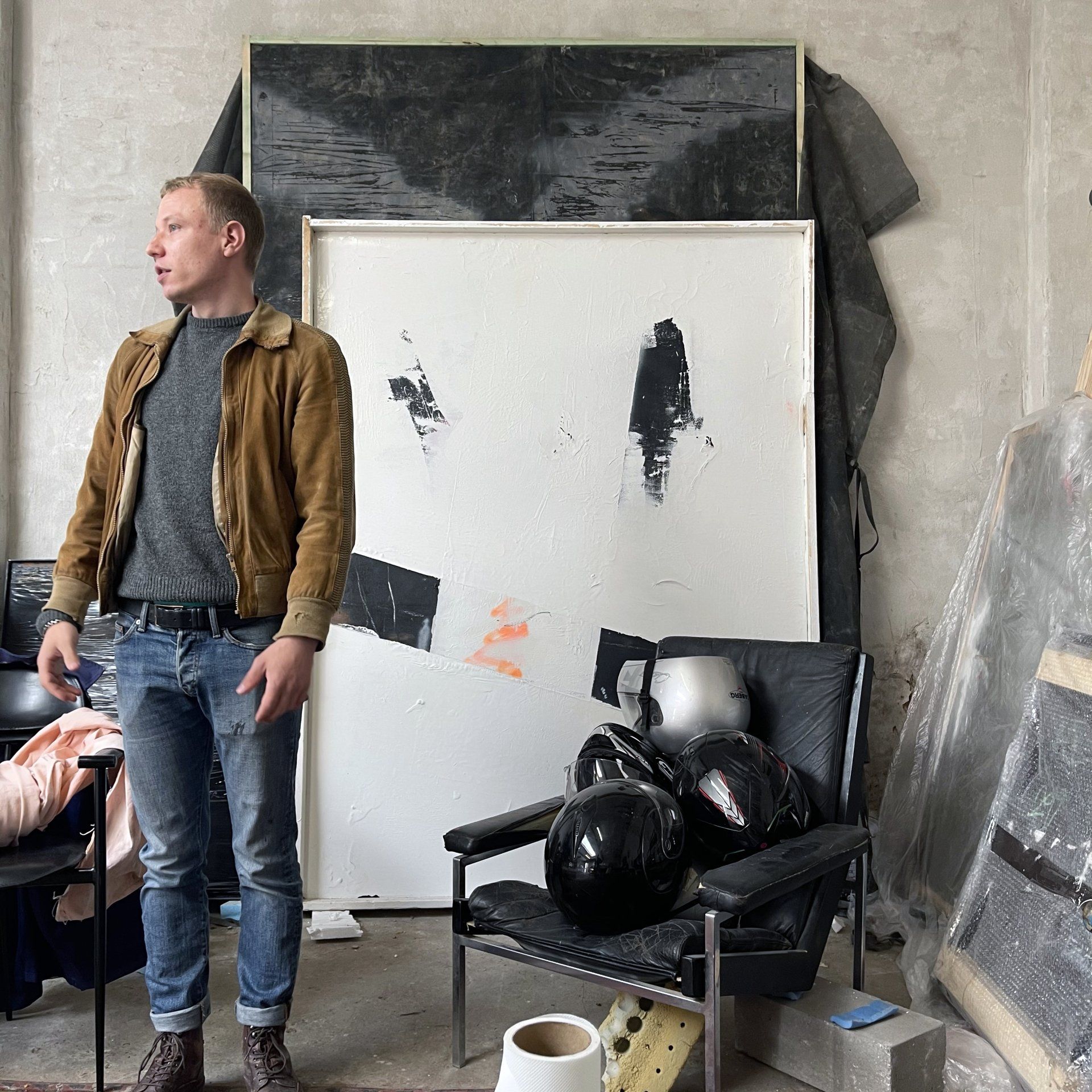
By Chapter 1 – The distorters
•
16 Sep, 2021
In his studio, hidden in a garage boxes complex in the densely populated artist neighbourhood of Antwerp’s Borgerhout district, Ayrton fabricates intricate ‘construction paintings’. Ayrton himself designates them as ‘construction paintings’ because the materials he applies are borrowed from the world of construction and building: marking paint, cement glue, concrete paint. But in a paradoxical and fascinating way he handles them with care. These brutalist materials are applied very carefully through painting them on meticulously found and chosen surfaces. He paints, rubs and sands like a craftsman of oilpaint - usually called a ‘painter’- would explore the effects of applied paint. Indeed, in Ayrton’s painting practice you do not see what you think you see. At first sight the construction paintings look randomly abstract, distorted, filthy and coincidentally painted - like Pollock would randomly walk wit his dripping paint cans - but a trained viewer notices the subtle tosses and turns of a deliberating and creative brain. Yes, he is an abstract painter and okay, the paintings are wild but seldom have I noticed a more thorough preparation and thoughtful execution with these brutalist materials. Ayrton is a restless urban street roamer. He walks, he observes and photographs. The unmistakably ugly urban transformations of building sites, construction works and traffic situations fire his practice. His photographs can be regarded as a manual to grasp the complexity of his construction paintings. The versatile and investigative painter Ayrton Eblé observes the spontaneous degrading of accidental and intentional marks, tracks and traces in public urban space and tries to imitate and simulate these hitherto unnoticed processes: he turns the faded paint of street crossings and road markings into universal abstract paintings. Personal observations of the Belgian street landscape become a testimony of transformations of a menacing, fast and unleashed world.
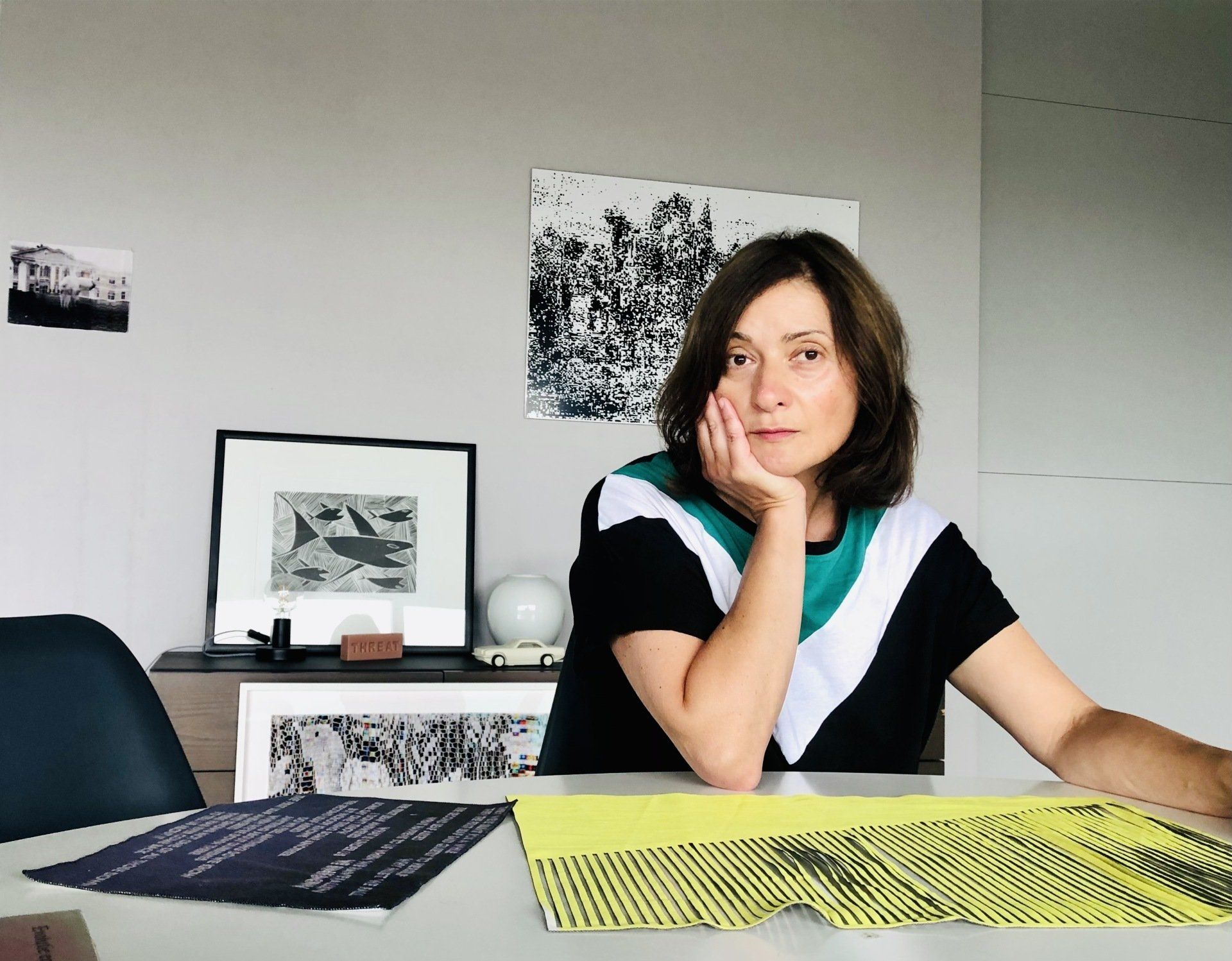
By Chapter 1 – The Distorters
•
16 Sep, 2021
Our first encounter was with Yvonne de Grazia. In her studio in Laken Yvonne surprisingly sets off by telling us that she formerly worked as marketing and communication manager for major European companies. With her background as graphic designer she had to cooperate closely with publicity agencies. Through her professional practice she was triggered by the fact that images are worn out and that spectators are tired. From her experience she draws a suspicion towards the commercial and political exploitation of popular imagery. Yvonne opens drawers and uncovers pieces of cloth and textiles she is using for her investigation into the power structures of images. In the process of digitalising carefully chosen images she omits certain digital information which in return distort the image in a haphazard or accidental way. The effect is not always what Yvonne is aiming at: the image imposes another logic, another follow up. A few years ago the Flemish Renaissance painter, as a matter of fact one of the painters that launched Italian renaissance principles in the Netherlands, namely Bernard van Orley, was exhibited in an exquisite show in Bozar Brussels. Van Orley’s gigantic tapestry designs of warfare and battle convinced Yvonne de Grazia to continue her textile explorations. The connection of political power or economic might and textile, established hundreds of years ago is unravelled by Yvonne de Grazia. In a meticulous way, thread by thread, she lays bear visual strategies in publicity and advertisements. Panini football stickers are a product of the Italian company Panini which specializes in making collectable stickers. Since its inception, the company has produced stickers from films and computer games, but the most popular has always been the football pictures. Panini stickers are manipulated in the sense that certain pixels or cohorts of pixelated information is deleted in the process of digitalisation. We still recognise the iconic images but their recogniseabilty is put to the test. Yvonne lays bear commercial structures in imagery of a popular game - soccer - and its innocent counterpart in collecting idols - the stickers - by trying to conceal commercial information and commercialised faces. The textiles she uses are inspired by the fact that former ideological contents were imposed by tapestries that would adorn palaces and hallways of the high and mighty. Defunct Panini stickers have become banners for the popular household so to speak.
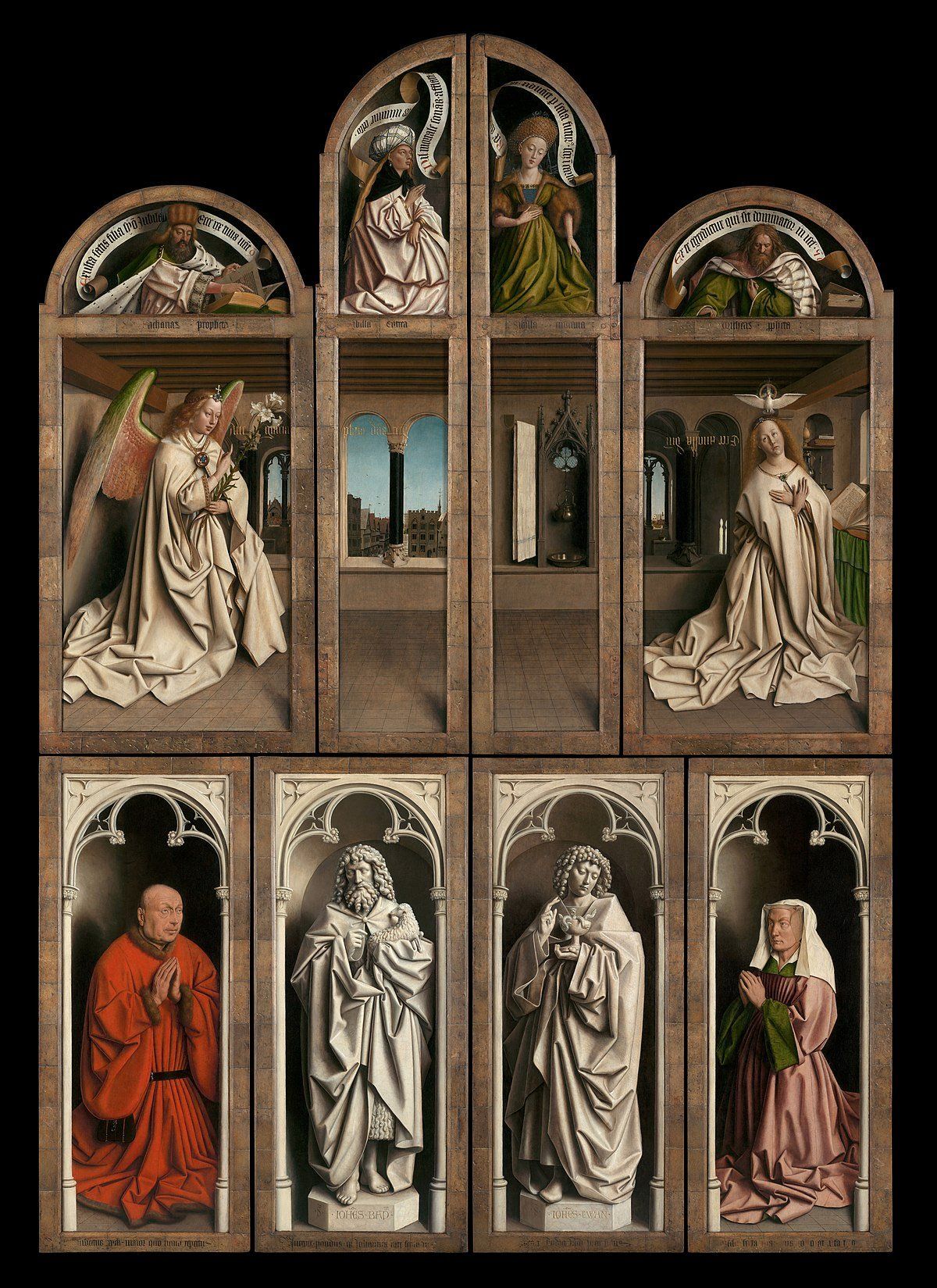
By Chapter 1 – The Distorters
•
16 Sep, 2021
The first group of artists we came across can be described as The distorters. These three fine artists, Yvonne de Geazia, Ayrton Eblé and Patrick Ceysens, deliberately distort their images or use already distorted images in order to find a solution to the above mentioned question of how to take back control of images or to make images less contingent. These image makers hide, deform or disturb their source material or are looking for defaults. Because within the distortion is encapsulated an invitation. Let us explain. Some artists carefully cultivate a white noise by making the image blurry, creating thus a distance between the viewer and the image in order to precisely catch the attention of the viewer or on the contrary creating an aloofness between the spectator and the object of reverence. This is merely a technique. The highlighting of noise has its precursors. The altarpiece was closed, the edges of the fresco were blurry, parts of the painting were put in darkness and shade, components of the sculpture were deliberately unfinished. The nude image so to say was rendered less naked to ward off the harshness of the gaze. These are strategies that paradoxically invite the spectator to look further, to go beneath the surface or beyond the image itself to enforce the qualities of the image. We as curators have a weak spot for artists that look for the past and to consult historical artists for. Or in other words to catch up with the present by looking to the past. These three artists studied their predecessors in order to engage the viewer in new ways of looking. Or at least that is what they or we hope for.
All Rights Reserved | Engarde!
Development by Domani Brussels
© 2024
